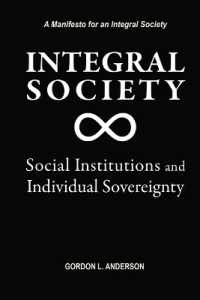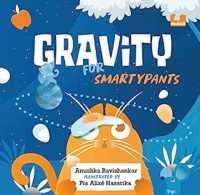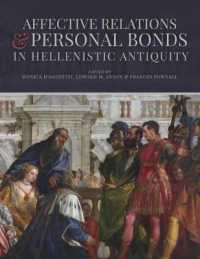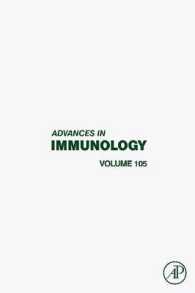基本説明
This book examines the semantics and syntactic behaviour of perception verbs such as look, see, taste, hear, feel, sound, and listen. It considers their meanings, modality, and irregularity, and examines the kinds of polysemy they exhibit.
Full Description
This book makes an original contribution to the understanding of perception verbs and the treatment of argument structure, and offers new insights on lexical causation, evidentiality, and processes of cognition. Perception verbs - such as look, see, taste, hear, feel, sound, and listen - present unresolved problems for theories of lexical semantics. This book examines the relations between their semantics and syntactic behaviour, the different kinds of polysemy they exhibit, and the role of evidentiality in verbs like seem and sound. In unravelling their complexity Nikolas Gisborne looks closely at their meanings, modality, semantic relatedness, and irregularity. He frames his exposition in Word Grammar, and draws extensively on work in cognitive linguistics and construction grammar.
After an opening chapter explaining the nature of the issues, Dr Gisborne presents a concise introduction to Word Grammar. He then considers the implications of his approach for a general theory of event structure. He looks at how the framework may be applied to causation, argument linking, and the modelling of polysemy. He examines the semantic similarities and differences between listen- and hear-class verbs, and analyses the cognate patterns of sound-class verbs. He concludes by drawing together his findings and exploring their implications for linguistic theory.
Clearly and readably written, with each point of the argument illustrated with well-chosen examples, this book will appeal to linguists of all theoretical persuasions at graduate level and above.
Contents
1. Introduction ; 2. Word Grammar ; 3. Causation and Relations Between Events: An Introduction to Word Grammar Semantics ; 4. Network Structure and the Polysemy of SEE ; 5. Perception Verbs and the Semantics of Content ; 6. Non-finite Complementation ; 7. SOUND-class Verbs ; 8. Conclusion ; References








